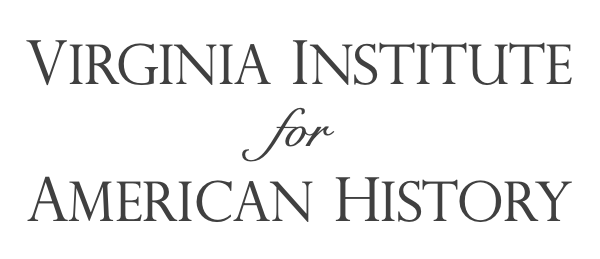“Like many extraordinary people, Dolley cannot entirely be explained by her origins. If leaders are born as well as made, Dolley seems to have been born a leader full of ambition and the desire to be the center of attention and activity. But she was also born a girl, and so was taught from the first the cardinal virtues of meekness and femininity. She was raised in a Quaker culture, which prized passivity and retirement from the world. Dolley turned compliance into an art, transforming female submissiveness into a political tool. She employed conciliation to disarm and defuse a violent political culture, while winning friends and supporters for her husband.” (p. 8) Dolley’s dinner table and her drawing room parties which soon became known as “Mrs. Madison’s Wednesday Nights” were two ways she helped her husband as his political partner.
Madison had decided to refuse all dinner invitations in order to avoid any hint of favoritism. Since he could not go out to meet the political families of the area, Dolley devised a way for them to come to him by hosting formal dinners in the White House. Over the eight years that they lived there, Dolley hosted more formal dinners than any other president’s wife in history (p. 182.) “In making her dinner table yet another political space, Dolley built on a long tradition in politics. Sitting down with people to share food constitutes an act of power in all societies, the first step in network building. The superior food, the lovely setting and the refined behavior allowed people to feel open, relaxed, and included. Dolley’s table, laden with luxury foods such as duck and ice cream made her guests feel privileged and honored. Dinner at Dolley’s bought nothing so crass as to be measurable in monetary terms, or so crude as a vote in Congress. Rather, it built goodwill and a social allegiance that, in early Washington, easily translated into political alliance. By inviting prominent people to dine with her, Dolley made them part of the Madison family.” (p. 185-186)
Dolley’s Wednesday Nights began just two months after James Madison’s inauguration and became part of the Washington Social scene for the next eight years. Initially, Dolley put a general invitation in the newspapers with the only qualification for attendance the usual requirement “that one had been “introduced” to the Madison, either personally or through letters of introduction.” After a very short time both the introduction and the invitation faded away as everyone knew where to be on Wednesday nights. The first drawing room parties where held in the sunny yellow parlor but were moved to the Oval room for more space when it was ready on January 1, 1810. Dolley’s drawing room “swirled with excitement, crowds, color and movement. Before long, these events became known as “squeezes” – for two hundred people crammed into the White House rooms.” (p. 189) Dolley’s gathering was much different that the formal gatherings held by Martha Washington and Abigail Adams “where all the guests stood or sat in ceremonious fashion waiting to be greeted. Dolley’s guests had the freedom to meet, greet and move among groups of people as they wished” helping themselves to side tables which overflowed with punch, wine, coffee, tea, nuts, cake, fruit, and ice cream. This weekly event allowed everyone in Washington City “access to the president unparalleled before or since.” (p. 191)
Dolley’s generosity and openness were the key to her charm, and “a large measure of her social success lay in her willingness to supply members of the federal government with access not only to herself and her husband, but also to one another. Then, as now, “access” to key personnel and points of decision was a crucial factor in the political process, and one most available in an informal situation rather than in a formal structure.” (Id.) At a Madison’s drawing room people could move beyond partisan politics if they chose.
Dolley’s generosity and openness were the key to her charm, and “a large measure of her social success lay in her willingness to supply members of the federal government with access not only to herself and her husband, but also to one another. Then, as now, “access” to key personnel and points of decision was a crucial factor in the political process, and one most available in an informal situation rather than in a formal structure.” (Id.) At a Madison’s drawing room people could move beyond partisan politics if they chose.
___________________________________
From: “A Perfect Union, Dolley Madison and the Creation of the American Nation”
By Catherine Allgor (Henry Holt & Company, 2006)


No comments:
Post a Comment